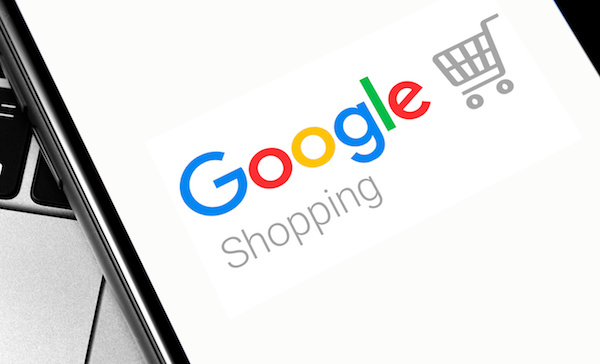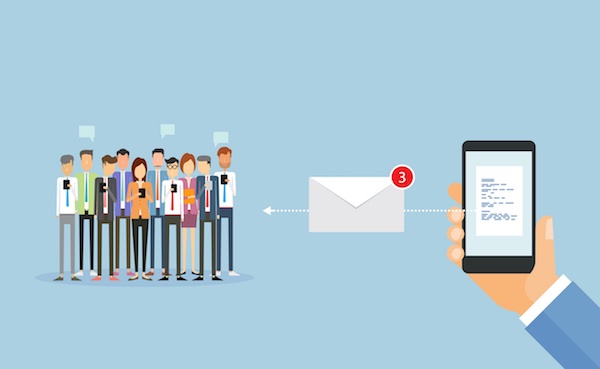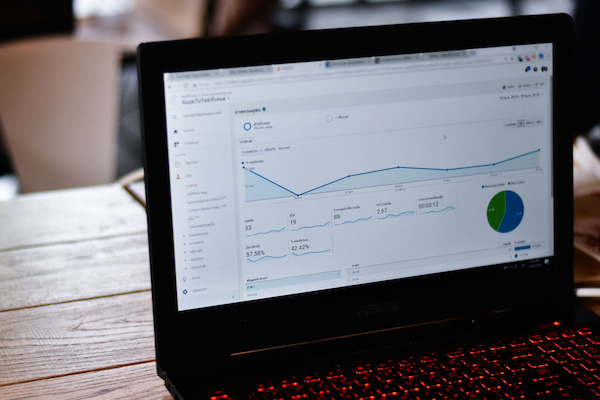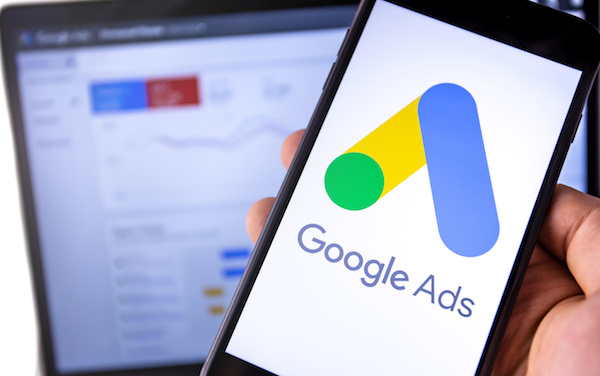Are your traffic and leads drying up? Our digital marketing team takes the time to understand what you do and how to make you money, which is why we are happy to manage your Google Shopping ads as part of your online advertising services with us. Google shopping allows vendors an opportunity to reach bottom-funnel customers, giving them an easy way to stand out in search results. For those who have more questions about the advantages of Google Shopping ads, read the information in the article below.
How does Google Shopping work for the consumer?
When a person uses Google Shopping, they can easily browse products from sellers who have chosen to feature their goods on the platform. All offers are ranked based on relevance, the user’s Google activity, and the search terms they choose to use. There will also be some ads peppers in to improve the quality of the search results. However, these offers will have a “sponsored” label underneath, indicating that their spot is based on paying Google rather than the influence of the items displayed. Google will be compensated for any clicks to the ads as well as receiving a commission for each purchase that’s made.
Consumers can customize their Google Shopping results by sorting and filtering elements like the price, product category, or brand. This can be viewed under each shopper’s activity section of their Google account. They can also block specific advertisers and opt-out of personalized ads by visiting Google’s Ads Settings page. That way the products displayed on Google Shopping are tailored to each shopper’s experience.
When you find a product that you’re interested in on the Google Shopping platform, you’ll then see the item price along with applicable taxes. There is an exception on “Buy on Google” offers, which once clicked upon will take you directly to the seller’s site to make the purchase. Keep in mind that shipping costs vary depending on their final destination, along with shipping method and any applicable information about insurances or warranties.
How does Google Shopping work for the vendor?
Sellers and advertisers who feature products on Google Shopping must comply with all policies to keep their place on this prominent platform. Those that chose to ignore any of the rules may be suspended or have their items removed. To ensure this doesn’t happen, vendors need to provide detailed information about their products and update their listings regularly.
To add your products, follow the instructions below:
- Log in to your Merchant Center account
- Select products from the navigation menu, then click all products
- Click the plus button to add the product
- Fill out the data fields for each product
- If your product has varying colors, sizes, or other attributes, you will want to add these values
- Click save
Why do consumers and vendors alike enjoy the Google Shopping experience?
In a world where you can buy products anywhere you go, it’s important to make the experience memorable for the consumer and simplistic for the vendor.
Google Shopping is a powerful technology that allows consumers to research the products before being pointed towards the vendors who sell them. The best part is that it’s known for its speediness and will instantly provide photos and information, including stores that sell said product, instantly after entering the search. Lastly, the experience is very comprehensive and allows shoppers to find both common and unusual varieties of their search terms.
Have you ever purchased a product or sold one using Google Shopping? Drop a comment below to share your experience.
Alex Wilks has been working as a copywriter and digital marketing strategist since 2018, with added specialties in social media and email marketing. With a Bachelor’s Degree in Journalism and Communication, she is a natural content writer with the ability to connect well with her target audience.



















